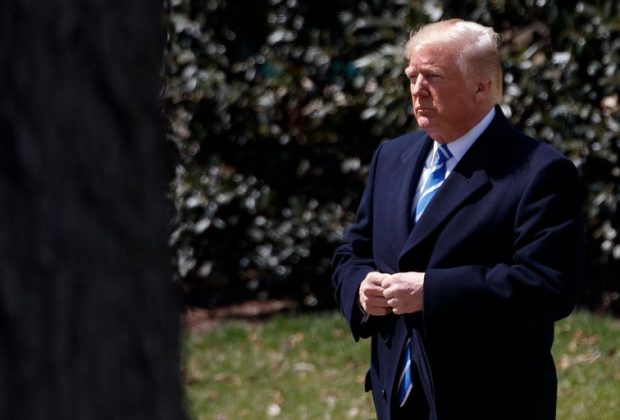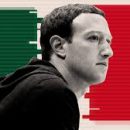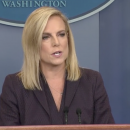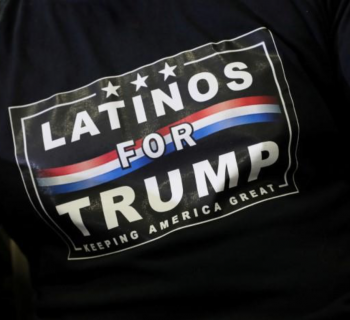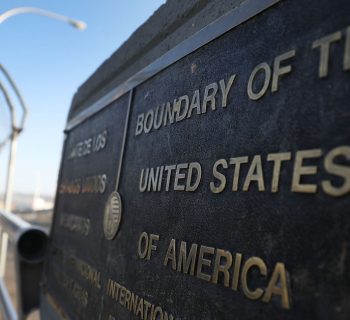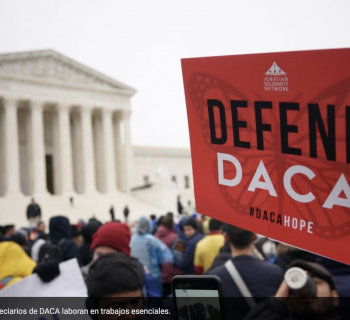By Julie Hirschfeld Davis ~ New York Times ~ April 10, 2018
WASHINGTON — President Trump abruptly canceled on Tuesday a trip to South America for a major summit meeting this weekend of Western Hemisphere countries, citing the crisis in Syria as his reason for scrapping his first Latin American visit as president.
Mr. Trump’s decision to pull out of the Summit of the Americas in Lima, Peru, came as he was weighing military action in Syria after a suspected chemical weapons attack killed more than 40 civilians outside Damascus. His aides said the president and his advisers believed it was better for him to remain in the United States under the circumstances.
But the sudden cancellation, which took many White House officials by surprise, also came the day after federal agents raided the New York officeand hotel room of Mr. Trump’s personal lawyer, Michael D. Cohen, sending the president into a rage that compounded what friends said was an existing reluctance to make the journey.
Scrapping the trip spared Mr. Trump potentially unpleasant interactions with leaders of Latin American nations whose citizens have been insulted by his harsh language about their countries as sources of illegal immigration, criminal gangs and illicit narcotics. White House officials said Vice President Mike Pence would attend the summit meeting in the president’s place.
A planned visit by Mr. Trump to Bogotá, Colombia, on Saturday was canceled entirely.
“President Trump will remain in the United States to oversee the American response to Syria and to monitor developments around the world,” said Sarah Huckabee Sanders, the White House press secretary. “The president and his national security team felt it was best that he stay in the United States while all of these developments are taking place.”
The move raised eyebrows among some Latin America specialists, who contended that it constituted a major snub of an important region by a president already held in low regard there, and wasted a chance to assert the United States’ leadership as China looks to broaden its role in the region.
“Trump’s dropping out of the Lima summit is an appalling demonstration of disrespect for Latin America,” said Richard E. Feinberg, a senior Latin America fellow at the Brookings Institution and professor at the University of California San Diego’s School of Global Policy and Strategy.
“This has to be seen in the context of a president who has been ranting and railing against Latin America continually for the last several years,” Mr. Feinberg added. “They’re his bête noire. They’re his scapegoat for everything that’s wrong in America, from immigration to narcotics to alleged loss of jobs from trade.”
Mr. Trump was to have traveled to Lima on Friday, and then on to Bogotá for meetings with President Juan Manuel Santos, who is now scheduled to meet with Mr. Pence on the sidelines of the gathering in Peru.
Mr. Trump was at his Mar-a-Lago estate in Palm Beach, Fla., last year when he ordered missile strikes in Syria in response to a chemical attack by government forces. And in 2011, President Barack Obama went ahead with a trip to Brazil while American forces were striking Libya. But White House officials argued that Mr. Trump felt strongly about remaining on United States soil as the situation in Syria unfolded.
The decision appeared to have taken even some senior White House officials by surprise. Mr. Trump’s top economic adviser, Larry Kudlow, was unaware of the president’s new plans when he told a conservative radio host on Tuesday morning that he would be traveling with Mr. Trump to Latin America this week. He said Mr. Trump would be able to “compartmentalize.”
There were plenty of reasons for Mr. Trump to dread the trip to South America, which promised to include considerable behind-the-scenes friction and little of the flattering pomp and ceremony that he relishes — and to which he was treated during visits last year to Saudi Arabia and China.
The president’s approval rating in Latin America is extraordinarily low, and leaders there have been insulted by his anti-immigrant talk and alarmed by his threats to use military force in Venezuela. The White House had already scaled back Mr. Trump’s trip, trimming what was initially intended as a five-day visit to one that involved fewer than three days on the ground.
Mr. Trump had planned to use that brief time to seek consensus on how to handle the crisis in Venezuela and press his case for better trade deals with Latin American nations. The president’s advisers had played down expectations for major advances during the trip, including saying it was unlikely to produce any breakthroughs on the renegotiation of the North American Free Trade Agreement.
They had left open the question of whether Mr. Trump would meet with President Enrique Peña Nieto of Mexico, with whom he has had a stormy relationship. The two have clashed on the phone over Mr. Trump’s promises to build a border wall and force Mexico to pay for it, and the latest such altercation led them to cancel a tentatively planned visit by Mr. Peña Nieto to the White House in March.
More recently, Mr. Peña Nieto has taken umbrage at Mr. Trump’s decision last week to send National Guard troops to patrol the southern border.
Mr. Obama used the last Summit of the Americas — which brings together 35 countries every three years — to burnish the United States’ image in the hemisphere, holding a historic meeting with President Raúl Castro of Cuba as he pushed to normalize relations with Havana for the first time in a half-century. Mr. Trump has moved to reverse that policy, and critics said his absence in Lima would have broad consequences.
“Skipping the Summit of the Americas sends a terrible message about U.S. disengagement in our hemisphere, compounding negative message of Trump’s Cuba, NAFTA and immigration policies,” Benjamin J. Rhodes, who served as a deputy national security adviser in Mr. Obama’s White House, wrote on Twitter.
Mr. Rhodes said that the United States would have to work with partners in the hemisphere to address the crisis in Venezuela, and that sitting out the summit meeting “just made that harder.”
Source: Julie Hirschfeld Davis ~ New York Times

